Energy Efficient Light Bulbs: Your Complete Guide to Saving Money and Making the Right Choice
Your first blocIf you're like most homeowners juggling work, family, and the never-ending list of home improvements, you've probably stood in the lighting aisle feeling completely overwhelmed by the sheer number of bulb options staring back at you. Gone are the days when you could simply grab a 60-watt incandescent and call it done—today's energy efficient light bulbs come in different technologies, brightness levels, color temperatures, and price points that can make your head spin. The good news is that switching to energy efficient lighting is one of the easiest ways to cut your electricity bill, reduce your environmental footprint, and actually improve the quality of light in your home, and this guide will walk you through everything you need to know to make confident decisions without needing an engineering degree.
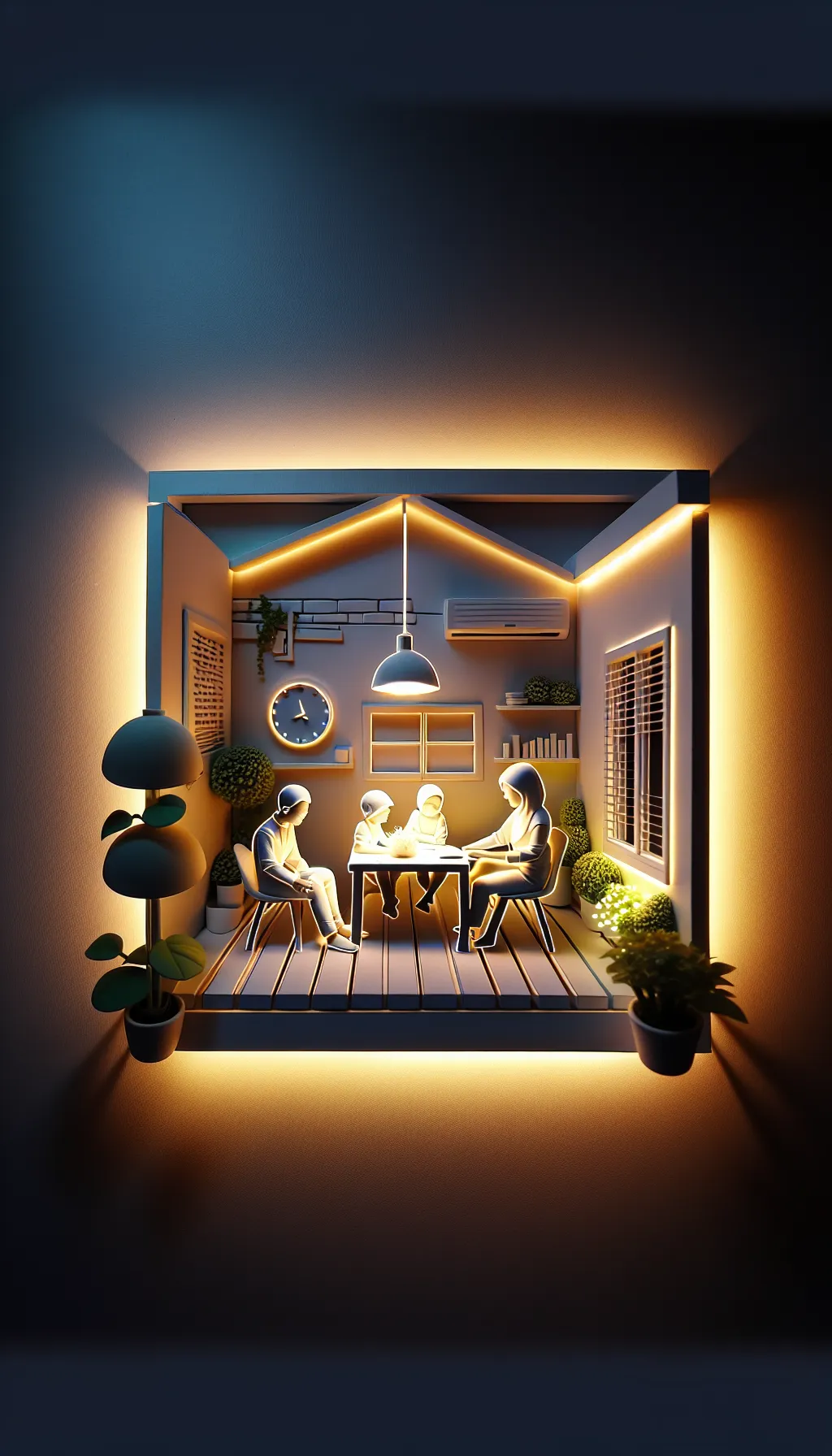
Energy efficient light bulbs are designed to produce the same amount of light as traditional incandescent bulbs while using significantly less electricity and lasting much longer. The three main types you'll encounter are LED (Light Emitting Diode), CFL (Compact Fluorescent Lamp), and halogen incandescent bulbs, each with their own strengths and trade-offs. LEDs have become the gold standard for most applications because they use about 75-80% less energy than traditional incandescents, last 15 to 25 times longer, and have dropped dramatically in price over the past decade. CFLs were the first widely-adopted energy savers and use about 70% less energy than incandescents while lasting about 10 times longer, though they've largely been eclipsed by LEDs in recent years. Halogen incandescents are technically more efficient than old-school bulbs but only by about 25%, making them the least efficient of the "efficient" options—they're mainly useful in specific applications where you need instant full brightness or perfect color rendering.
Energy Efficient Light Bulbs- CFL vs LED
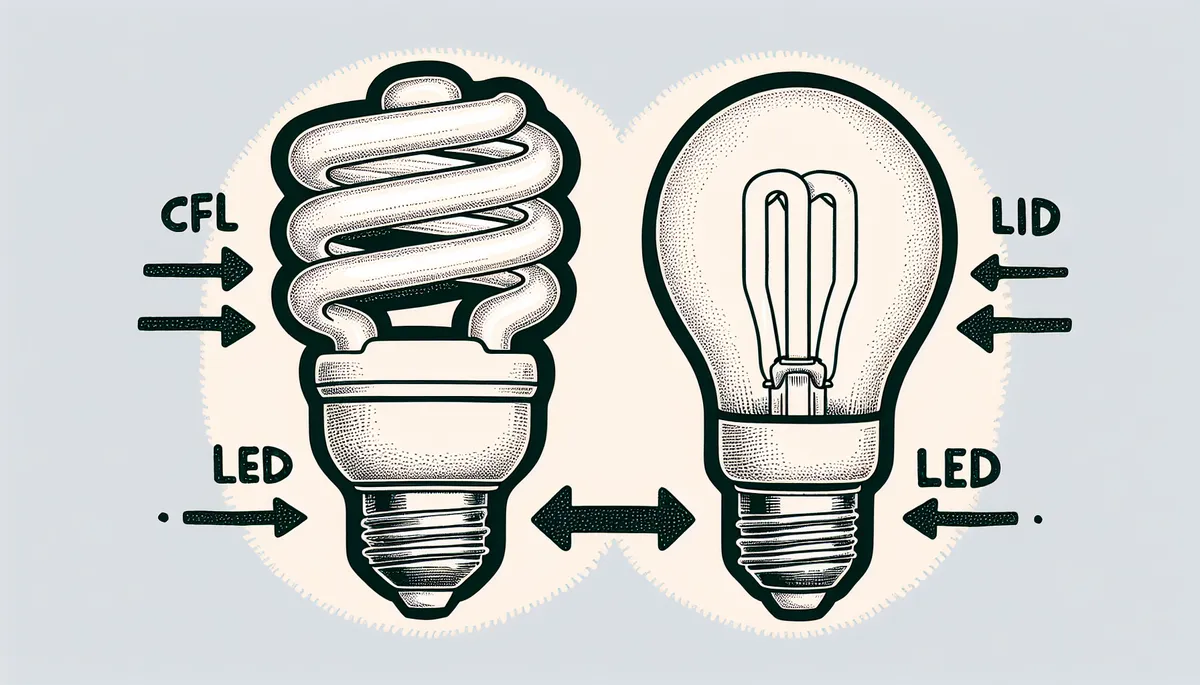
Understanding the CFL vs LED debate is crucial because these are the two technologies you'll most commonly encounter when shopping for energy efficient light bulbs. CFLs contain a small amount of mercury and require special disposal, take a minute or two to reach full brightness, don't work well in extremely cold temperatures, and can't always be used with dimmer switches or in enclosed fixtures. LEDs, on the other hand, contain no hazardous materials, turn on instantly at full brightness, work in virtually any temperature, are available in dimmable versions, and can be used in enclosed fixtures and ceiling fans (when rated for those applications). While CFLs are typically cheaper upfront—sometimes by a few dollars per bulb—LEDs last two to three times longer and use slightly less energy, which means the total cost of ownership strongly favors LEDs in almost every scenario. For most homeowners today, LEDs are simply the best light bulbs for the majority of applications, from table lamps to recessed cans to outdoor fixtures.
Lumens and Colors
One of the biggest mental shifts you'll need to make is forgetting about watts and thinking in lumens instead. Watts measure energy consumption, while lumens measure the actual light output—the brightness you can see. A traditional 60-watt incandescent produces about 800 lumens, but an LED can deliver those same 800 lumens using only 8-12 watts, and a CFL can do it with about 13-15 watts. When you're shopping, look for the lumens number on the package to match the brightness you want: roughly 450 lumens replaces a 40-watt incandescent, 800 lumens replaces 60 watts, 1,100 lumens replaces 75 watts, and 1,600 lumens replaces 100 watts. Most packaging now includes a helpful equivalence chart, but keeping these numbers in mind will help you quickly grab the right bulb without second-guessing yourself in the store aisle or while clicking through options online.

Color temperature is another critical factor that dramatically affects how your rooms feel, and it's measured in Kelvin (K). Lower numbers (2,700K-3,000K) produce a warm, yellowish light similar to traditional incandescent bulbs—perfect for living rooms, bedrooms, and dining areas where you want a cozy, relaxing atmosphere. Mid-range temperatures (3,500K-4,100K) create a neutral white light that works well in kitchens, bathrooms, and home offices where you need good visibility for tasks without the clinical feel of very bright white light. Higher temperatures (5,000K-6,500K) deliver a cool, bluish-white light that mimics daylight and is ideal for garages, workshops, basements, and anywhere you need maximum visibility and alertness. Many people make the mistake of buying "daylight" bulbs (5,000K+) for every room and then wonder why their home feels cold and uninviting—matching color temperature to the room's purpose makes a huge difference in comfort.
Energy Efficient Bulb Types And Fit
Base types and bulb shapes matter more than you might think, because buying the wrong one means a trip back to the store or a return shipment. The most common base in North American homes is the medium screw base (E26), which fits standard table lamps, ceiling fixtures, and most household applications. Candelabra bases (E12) are smaller and used in chandeliers, wall sconces, and decorative fixtures. You'll also encounter pin bases like GU10 and GU24 in recessed lighting and track lights, and bi-pin bases in some under-cabinet and specialty fixtures. As for bulb shapes, A19 is the classic "light bulb" shape for lamps and general fixtures, BR30 and BR40 are the wider reflector bulbs used in recessed cans, PAR bulbs are used for outdoor floodlights and spotlights, and globe bulbs (G25) are spherical and often used in bathroom vanity fixtures. Always check your existing bulb or fixture before buying—most bulbs have the base type and shape printed right on them, or you can simply bring the old bulb to the store for matching.
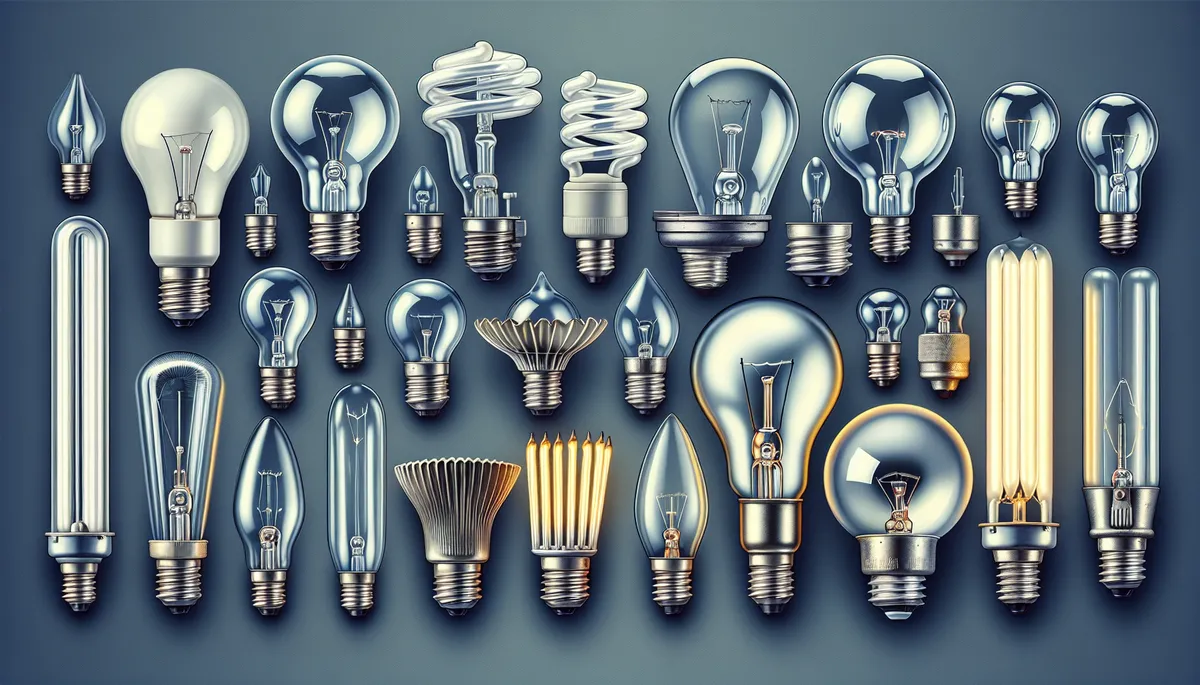
Ratings and Compatibility
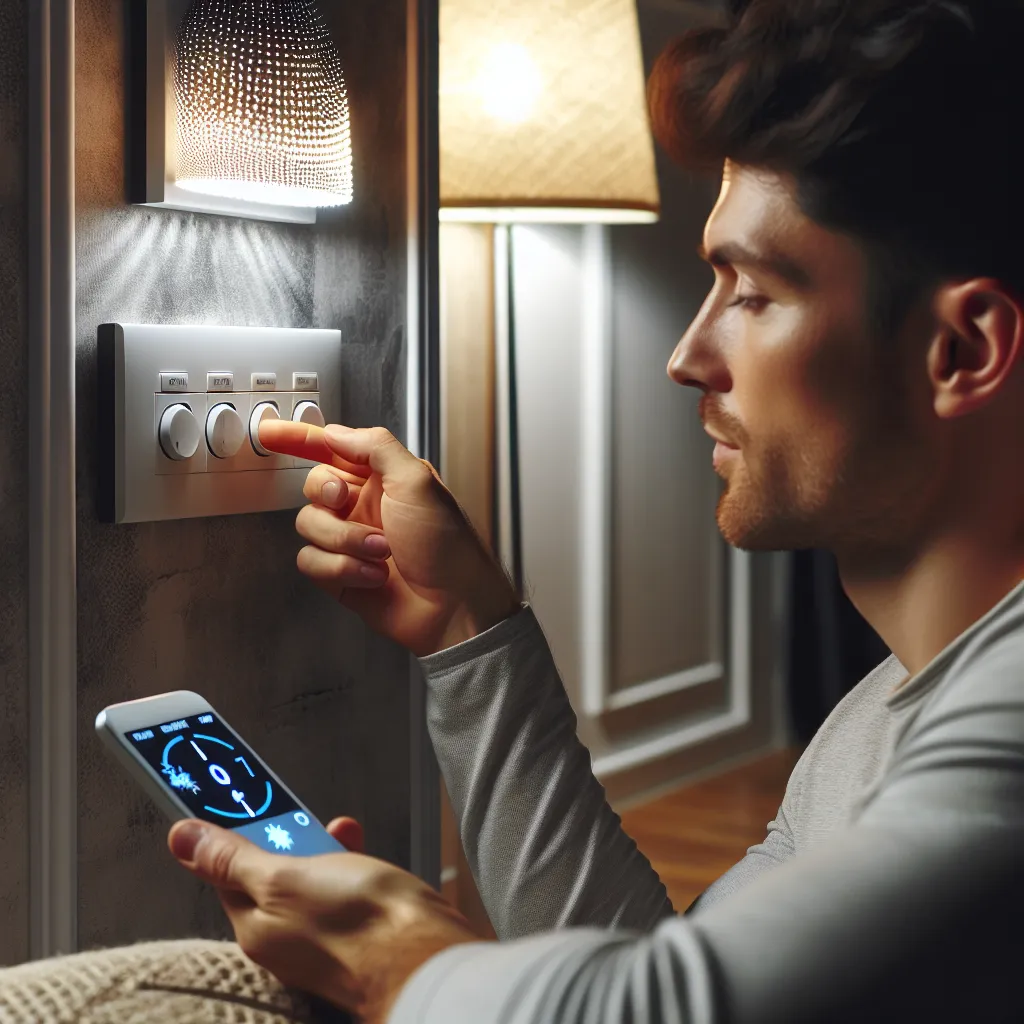
Special ratings and compatibility issues can trip you up if you're not paying attention, so it's worth taking a moment to understand them. If you have dimmer switches, you absolutely must buy bulbs specifically labeled as "dimmable"—standard LEDs and CFLs will flicker, buzz, or fail prematurely on a dimmer, and some won't work at all. For enclosed fixtures like ceiling-mounted globes or porch lights where the bulb is completely surrounded, look for bulbs rated for "enclosed fixtures" because regular bulbs can overheat and burn out quickly in those spaces. Similarly, ceiling fan lights experience vibration and sometimes higher temperatures, so bulbs rated for ceiling fans will last longer in those applications. Outdoor fixtures require bulbs rated for damp or wet locations depending on exposure, and if you live in a cold climate, make sure outdoor bulbs are rated for low temperatures—some CFLs and cheaper LEDs won't start properly in freezing weather.
Energy Savings
Let's talk real numbers about energy savings and payback periods, because this is where energy efficient light bulbs truly shine and justify their higher upfront cost. If you replace a 60-watt incandescent that runs about 3 hours per day with a 9-watt LED, you'll save about 51 watts per hour, which adds up to roughly 56 kilowatt-hours per year. At the national average electricity rate of about $0.13 per kWh, that's approximately $7.28 in savings per bulb per year. If the LED costs $3-5 and lasts 15,000-25,000 hours (compared to 1,000 hours for an incandescent), you'll recoup your investment in less than a year and then enjoy pure savings for the next 10-20 years. Multiply that across 40-50 bulbs in an average home, and you're looking at potential savings of $250-350 per year—that's real money that can go toward a family vacation, home improvements, or just breathing room in your monthly budget.
To calculate your own payback period and savings, use this simple formula: find the wattage difference between your old bulb and the new efficient one, multiply by the hours you use it per day, then multiply by 365 days and divide by 1,000 to get annual kWh saved. Multiply that by your electricity rate (check your utility bill for your exact rate per kWh) to get your annual dollar savings per bulb. Divide the cost of the new bulb by the annual savings to get your payback period in years. For example, replacing a 100-watt incandescent ($1) with a 15-watt LED ($4) that runs 4 hours daily: 85 watts × 4 hours × 365 days ÷ 1,000 = 124 kWh × $0.13 = $16.12 saved annually, so the $3 premium pays back in about 2 months. After that, it's pure savings for the next 15+ years, and you'll also replace the incandescent about 20 times during the LED's lifespan, saving another $20 in bulb costs alone.
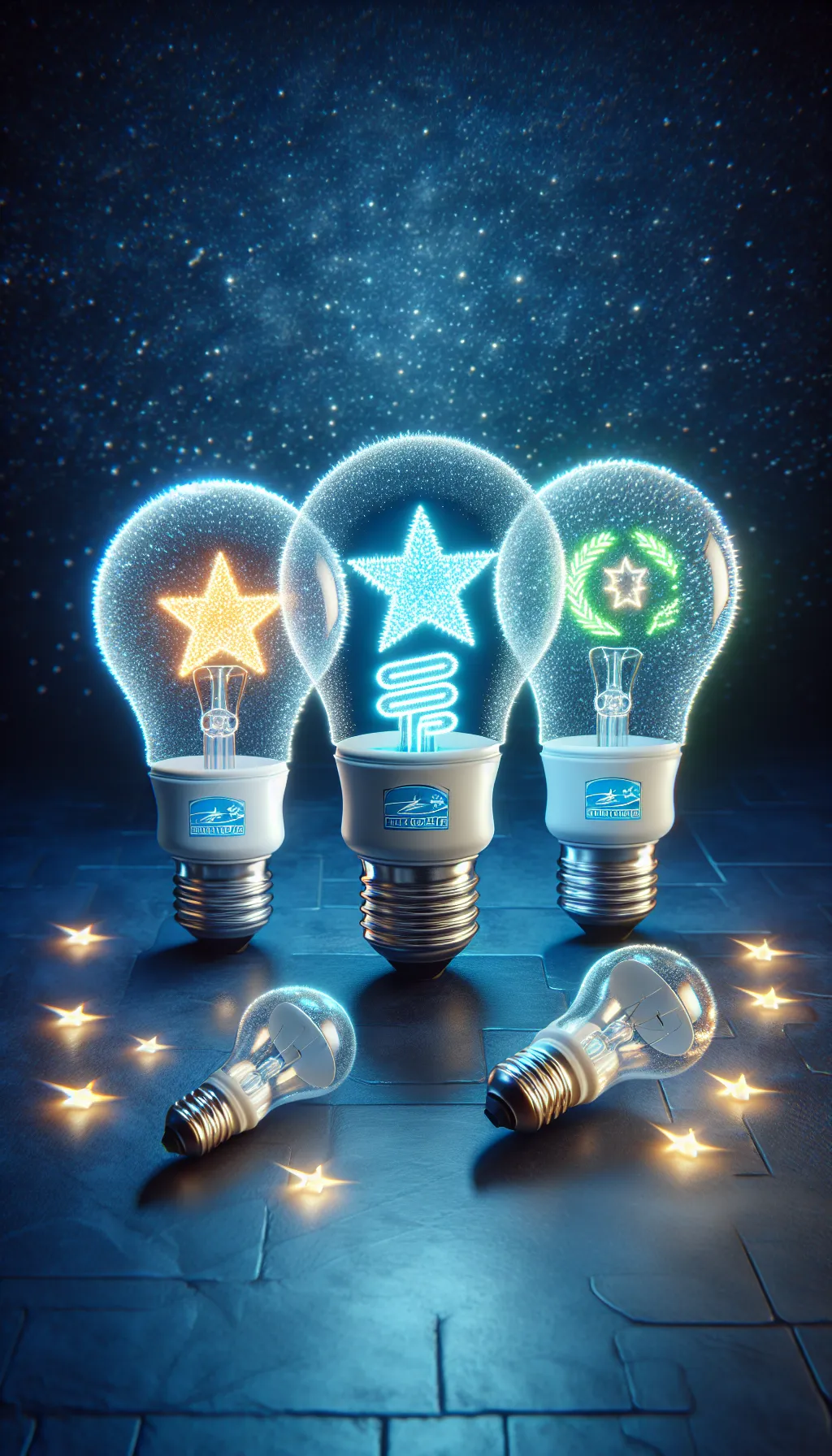
Green Energy Impacts
Beyond the direct energy savings on your electricity bill, energy efficient light bulbs reduce heat output, which can actually lower your air conditioning costs in summer. Incandescent bulbs waste about 90% of their energy as heat rather than light, essentially functioning as tiny space heaters scattered throughout your home. LEDs, by contrast, stay cool to the touch and emit very little heat, which means your AC doesn't have to work as hard to counteract all those little heat sources. In a hot climate or during summer months, this secondary savings can be substantial—some estimates suggest that switching to LEDs can reduce cooling costs by 5-10% in homes with many lights. Even in winter, the "free heat" from incandescents is an expensive way to warm your home compared to your furnace or heat pump, so the efficiency gains work year-round.
The environmental impact of switching to energy efficient light bulbs extends well beyond your personal utility bill and contributes to broader efforts to reduce carbon emissions and combat climate change. Every kilowatt-hour you don't use means less electricity that needs to be generated at power plants, many of which still burn coal or natural gas. The EPA estimates that if every household in America replaced just five frequently-used bulbs with Energy Star certified LEDs, we'd prevent 70 billion pounds of greenhouse gas emissions annually—equivalent to taking 6.5 million cars off the road. On a personal level, replacing 20 incandescent bulbs with LEDs in your home prevents roughly 1,000-1,500 pounds of CO2 emissions per year, which is a meaningful contribution that requires almost no lifestyle sacrifice—you're literally just screwing in a different bulb and then forgetting about it for the next decade or two.
Energy Star certification is a voluntary program run by the EPA that identifies products meeting strict efficiency and performance standards, and it's a reliable shortcut for finding quality energy efficient light bulbs without having to parse through detailed specifications. Energy Star certified bulbs must meet requirements for light output, efficiency, color quality, lifespan, and consistency, and they're independently tested to ensure they deliver on their promises. While not all non-Energy Star bulbs are bad, the certification gives you confidence that you're getting a product that will perform as advertised and last as long as claimed. Many utility rebate programs and government incentives specifically require Energy Star certification, so buying certified bulbs can also unlock additional savings opportunities that further improve your return on investment.
Rebates and Incentives

Speaking of rebates and incentives, don't leave free money on the table—many utility companies offer instant rebates or mail-in rebates on energy efficient light bulbs, sometimes covering 50-100% of the purchase price. Check your utility company's website or call their customer service line to ask about current lighting programs; some utilities even provide free LED bulbs or heavily discounted starter packs to encourage adoption. State and local governments sometimes offer additional incentives, and the federal government occasionally includes lighting in broader energy efficiency tax credits (though these change with new legislation, so check current availability). Some programs offer point-of-sale discounts where the rebate is automatically applied at checkout, while others require you to submit receipts and documentation—either way, the few minutes of paperwork can easily save you $20-50 or more on a bulk purchase, making already-affordable LEDs even cheaper.
Smart Bulbs

Smart bulbs represent the cutting edge of energy efficient lighting technology, combining LED efficiency with connectivity features that let you control lights from your smartphone, set schedules, adjust brightness and color, and integrate with home automation systems like Alexa, Google Home, or Apple HomeKit. While smart bulbs cost more upfront—typically $10-25 per bulb versus $2-5 for standard LEDs—they offer convenience and additional energy savings through features like automatic shutoff when you leave home, scheduling to ensure lights aren't left on unnecessarily, and dimming capabilities that reduce energy use even further. For busy families juggling work and kids' activities, the ability to turn off forgotten lights remotely or set up "goodnight" routines that shut down the whole house with one command can be genuinely valuable, and the energy savings from eliminating those "oops, I left the garage light on all day" moments can justify the premium over time.
Brand selection matters more for longevity and warranty support than for basic functionality, since most major manufacturers produce quality LEDs that meet Energy Star standards. Philips, GE, Cree, and Sylvania are established brands with strong reputations and good warranty support, typically offering 3-5 year warranties that cover defects and premature failures. Store brands from Home Depot (EcoSmart), Lowe's (Utilitech), and Costco (Feit Electric) offer excellent value and are often manufactured by the same companies making name-brand bulbs, with warranties that are usually honored without hassle. Amazon Basics LEDs have also proven reliable and affordable for standard applications. Avoid ultra-cheap no-name bulbs from discount stores or online marketplaces, as they often fail to meet their claimed specifications, burn out quickly, or have poor color quality—the few dollars you save aren't worth the frustration of early failures and the hassle of replacements.